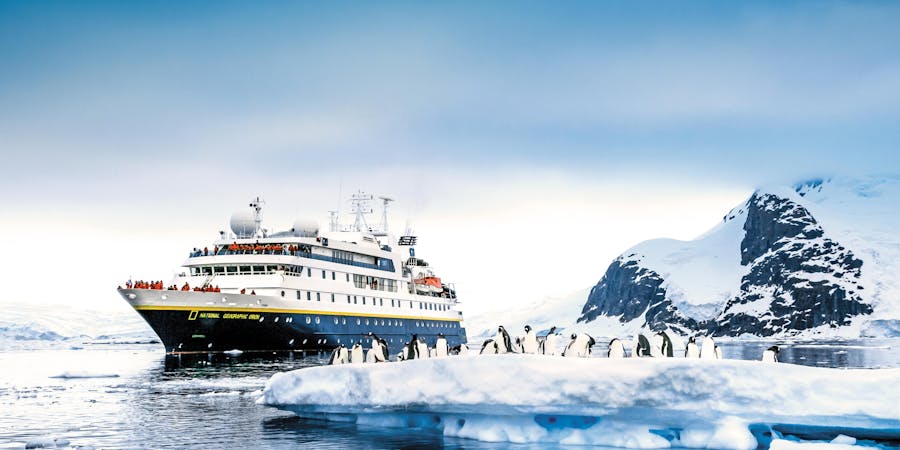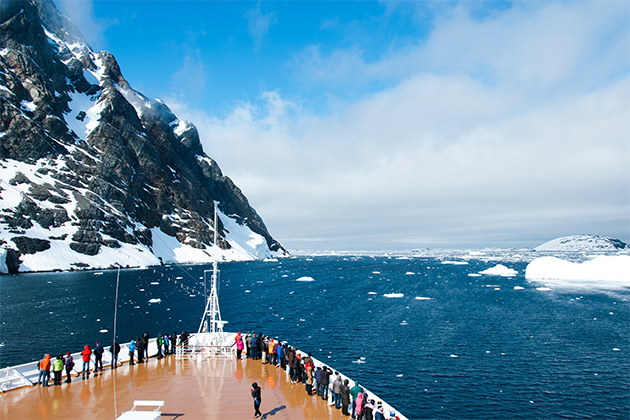
Antarctica, the southernmost continent, is one of the most remote and inhospitable places on Earth. Its breathtaking landscapes, unique wildlife, and extreme conditions make it a bucket-list destination for many adventurous travelers. However, a trip to Antarctica requires careful planning and consideration. Here are ten essential things you should know before embarking on your journey to this icy wilderness.

1. **Strict Environmental Regulations**
Antarctica is governed by the Antarctic Treaty System, which sets strict guidelines to protect its fragile environment. All visitors must adhere to these regulations, which include prohibitions on littering, disturbing wildlife, and introducing non-native species. Be prepared to follow all guidelines to minimize your impact on this pristine ecosystem.
2. **Travel is Seasonal**
The best time to visit Antarctica is during its summer months, from November to March, when temperatures are relatively milder and wildlife is most active. During this period, the days are long, allowing for more exploration and activities. Winter travel is not possible due to extreme cold, darkness, and impassable ice.
3. **Expeditions are Costly**
A trip to Antarctica is a significant financial investment. Expeditions can range from several thousand to tens of thousands of dollars, depending on the duration, amenities, and type of experience you choose. Budget accordingly and consider the once-in-a-lifetime nature of this journey.
4. **Limited Accessibility**
Access to Antarctica is limited, with most travelers arriving by ship from South America, typically from Ushuaia, Argentina. The journey involves crossing the Drake Passage, known for its rough seas. There are also a few flights available, but they are less common and more expensive. Be prepared for the challenging journey to reach this remote destination.
5. **Pack for Extreme Weather**
Antarctica's weather is unpredictable and can change rapidly. Pack high-quality, layered clothing designed for extreme cold, wind, and wet conditions. Essential items include thermal base layers, waterproof outer layers, insulated gloves, hats, and sturdy, waterproof boots. Sunglasses and sunscreen are also necessary to protect against the intense UV radiation reflected by the ice.
6. **Wildlife Encounters**
Antarctica is home to unique wildlife, including penguins, seals, whales, and various seabirds. While these animals are generally not afraid of humans, it is crucial to maintain a respectful distance and avoid disturbing their natural behavior. Use binoculars and zoom lenses to observe and photograph wildlife without intrusion.
7. **Physical Fitness**
Exploring Antarctica can be physically demanding. Activities such as hiking on ice, kayaking, and even moving around the ship require a reasonable level of fitness. Ensure you are in good health and consider a fitness routine to prepare for the physical challenges you may encounter.
8. **No Permanent Human Habitation**
Antarctica has no permanent residents. The continent hosts only temporary research stations operated by various countries. As a visitor, you will be part of an expedition, staying on a ship or in a temporary camp. Services and amenities are limited, and the focus is on the natural experience rather than luxury.
9. **Limited Communication**
Due to its remote location, communication in Antarctica is limited. Internet access is often slow and expensive, and mobile phone coverage is non-existent. Inform family and friends about the communication limitations and enjoy the opportunity to disconnect and immerse yourself in the experience.
10. **Educational Experience**
Antarctica offers a unique educational experience. Many expeditions include lectures and guided tours by experts in glaciology, marine biology, and polar history. Take advantage of these opportunities to learn about the continent's ecosystems, the impact of climate change, and the history of exploration.
A trip to Antarctica is a remarkable adventure that requires careful preparation and a respect for the continent’s pristine environment. By understanding these ten key aspects, you can ensure a safe, enjoyable, and responsible journey to one of the most extraordinary places on Earth.



